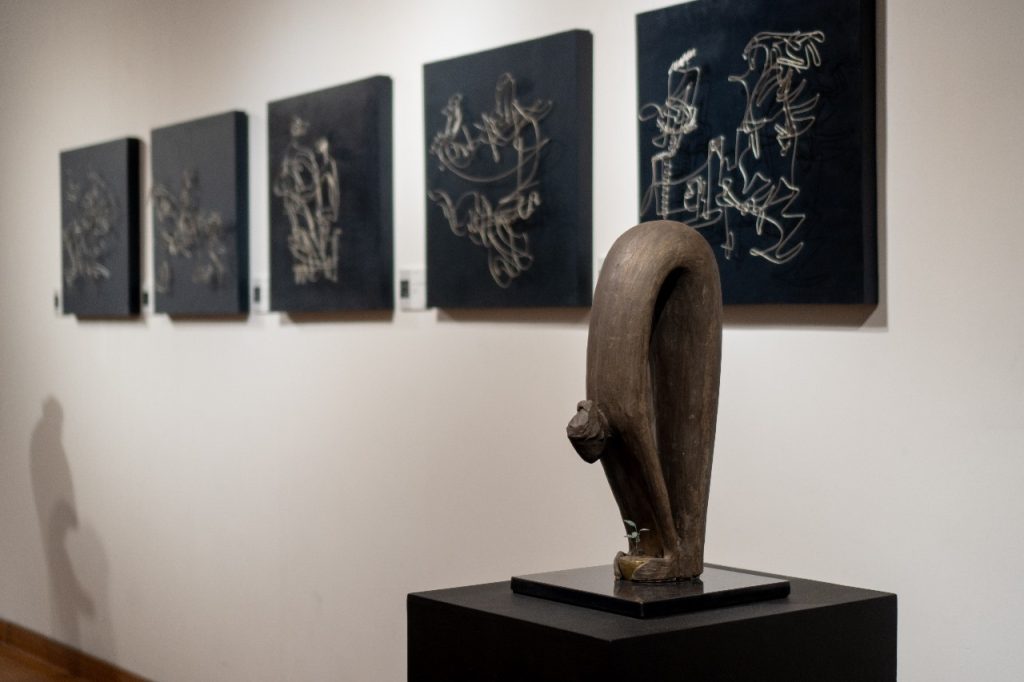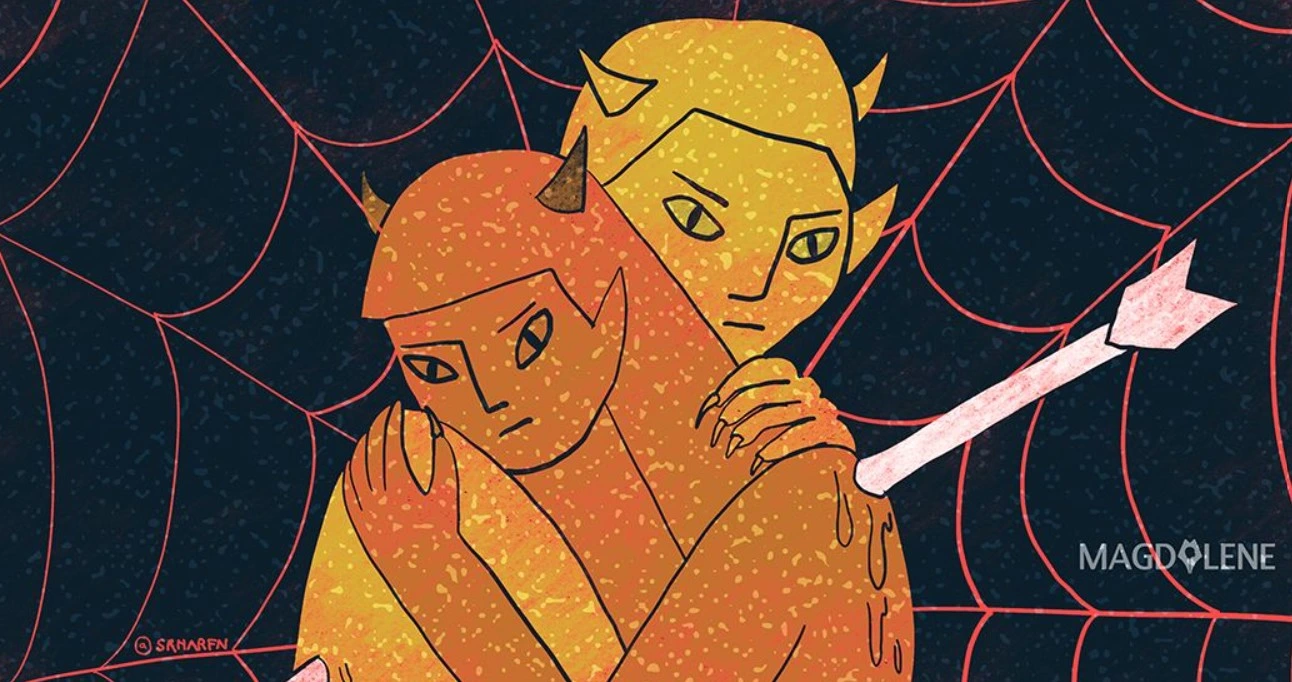Lest We Forget

We live in a time when Time speeds away at a unprecedented pace. Amidst the swift advancement of digital technology, scientific revolution, IA, and the accompanying turbulence of the changing rhythms in life, it’s easy to bypass events that happened in the past.
But a recent exhibition at the National Gallery of Indonesia is a forceful reminder that in order that such horrors never be repeated, past acts of violence against humanity and atrocities’ must never be forgotten.
The exhibition at the National Gallery of Indonesia, Patung dan Aktivisme, Dolorosa Sinaga & Budi Santoso, 19July- 19 August 2024, displays about 59 sculptures that focus on human rights, and women
Through the sculptures by artist, feminist, and staunch human rights activist Dolorosa Sinaga (b.1952) humanity and the humankind find substance. As cultural icon, philosopher and literati the late Prof. Dr. Toeti Heraty once related this to a new metaphysics of freedom. Through Dolorosa, the ‘I’ can speak, she revealed.

Also read: Age-Old Story with Contemporary Sensitivity in Gospel According to the Other Mary
One is struck by the recurrence and persistence of focus in the artist’s works, even now 23 years after her first exhibition in 2001. Blending tension, a touch of drama the artist’s talent, sensitivity and skill manage to provoke an intense sense of depth of human suffering.
‘Sculpting is an act of tension she once said, it is one that never breaks.
Such is particularly revealed in her sculptures in the duo exhibition Dolorosa Sinaga & Budi Santoso. Patung dan Aktivisme at Galeri Nasional Indonesia in Jakarta, 19 July – 19 August 2024.
Placed in the open air of the front of the Gallery are huge monuments that speak of the atrocities for which the government has yet to respond. Monument Pembantaian Nasional 1965-66 ia a 351x276x147 sculpture in fiberglass inscripted with the title Indonesian Massmurder featuring a slumping figure on what looks like a huge coffin. Two other sculptures are telling the story that hit the people at the time, i.e. Monumen Penghilangan Paksa di Indonesia and Monumen Tragedi Semanggi referring to incidents when state police opened fire on unarmed students and civilians.
Mengapa kau culik anak kami (Why have you abducted our children) abductors is a heart wrenching question to the abductors of political students at the time. It is a towering sculpture in iron plate that dramaticall hovers over the place. It in 1997likens a smaller version that she made in 1997, now in blown up format emphasizing the summit of impatience over official absence of response over the whereabouts of these victims. In the same vein is the sculpture I the Witness that she created in 1997 as a tribute to Ita Martadinata, a victim of the massrapes in May 1998, who was found murdered just a week before she was to stay witness before the UN in New York.

Also read: Balinese Writer on Theatre, Community and Decolonizing English Literature
The female body has become her medium for expression and a metaphor for human experience. through a woman’s body she talks about the condition of humanity. Her art evoked the term Resistance Art.
Born in 1952 in North Sumatra, Dolorosa became a prominent scupturer who is known as a strongwilled defender of the marginalized and who broke through the existing social and masculine art tradition, establishing a new spectrum for Indonesian sculpture. In contrast to most male sculptors, the female body became her prime medium of expression, becoming her metaphor for human experience and the condition of humanity. Featuring mostly frail women, but denting strong expressive facial traits and holding hands , with feet firmly planted on the ground, became a symbol of women movement at the tiem.
The works of Budi Santoso, who was once her student but is now an equal in the profession, may show some influence in his works leaning towards women’s nature and solidarity. Slightly less frontal, yet not less poignantly, Budi Santoso’s sculptures are awe-inspiring, particularly those crafted in marmer stone such a. Ibu dan Anak, a piece measuring 30x30x65 cm.
Budi Santoso was born in Cilacap in 1980, graduated in 2007 from the sculpture Department of the Indonesian Art Institute in Yogyakarta and was involved with the art collective Taring Padi since 1999.He started ab internship at Dolorosa’s in Studio Somalaing in 2000 and has been cooperating in projects with Dolorosa for over twenty years.
Budi reveals for his works, he is often guided by the character of the material. The marble stone for the sculpture Ibu dan Anak, for instance, he only had to make a few incisions to achieve the image he had in mind.

Also read: The Conversation With the Composer of “How to Make Millions Before Grandma Dies”
Remarkably, while Dolorosa’s sculptures mostly show frontal expressions, Budi’s tend to be more subtle albeit not less poignant. Surprisingly, Budi has included his sculptures featuring Indonesia’s eminent RA Kartini, who is generally considered a pioneer for women’s education. His Kartini Series using aluminium or mixed media show small figures that are visually frail yet showing an inner strength, sometimes aided by having her carry a stack of books, that hint at her intellectual strength.
Curated and displayed by the art historian, curator, critic and Edinburgh educated Dr. Alexander Supartono, the exhibition will long remain in the memory of its viewers.






















